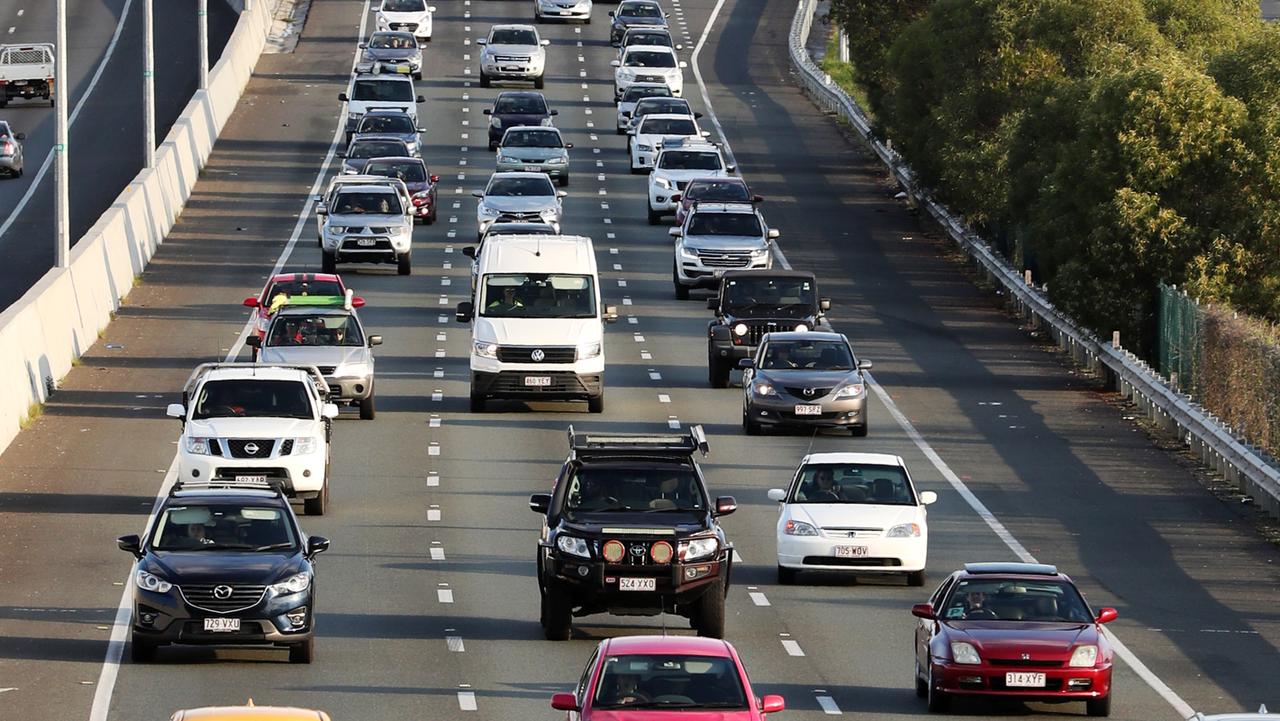The birds and the bees: how rising spring temperatures are throwing out our natural cycles
Dr Sarah Perkins-Kirkpatrick explains how the Shire's spring climate is changing. Plus, how are rising temperatures changing the relationship between plants and animals?
HyperLocal
Don't miss out on the headlines from HyperLocal. Followed categories will be added to My News.
SPRING is officially here.
This season is typically characterised by sunny days with cool nights, blooming wildflowers, and swooping magpies.
While many are welcoming the shift to warmer weather, data from the Bureau of Meteorology suggests spring has become unseasonably warm.
In fact, last year's spring was the hottest ever recorded in Australia - two degrees above the long-term average.
Temperatures are also heating up in the Shire.
Back in the 1970s, the average daytime temperature sat around 22 degrees.
These days however, it's more like 24 degrees - around two degrees warmer than 50 years ago.
Similar warming trends have been recorded at weather stations across Australia.

Impacts of changing seasons
Unseasonably warm temperatures can alter the natural cycles of our environment.
For many creatures, adapting to these changes can prove difficult.
Animals and insects rely on different cues to determine when spring has arrived.
Some species use air temperature as an indicator, while others rely on the number of daylight hours.
As a result, small changes in the climate can cause interactions between species to fall out of sync.
For instance, many of Australia's bird species breed during springtime, expertly timing their eggs to hatch when food is most abundant.
But caterpillars and other insects are emerging earlier in the year, leaving many birds in short supply of a valuable food source for their chicks.
Bees are also feeling the effects of rising temperatures.
These insects hibernate through winter and wake to pollinate spring blooms.
But in recent years, spring flowers are blossoming earlier.
This mismatch leaves bees without enough food, causing many plants to remain unpollinated.
From honey to apples, pollination is key to producing a range of foods, so without bees, our supermarket shelves would be pretty bare.
Resident Caitlyn on local changes:

Want more information on how your climate is changing? Check out the last article in this series.
Dr Sarah Perkins-Kirkpatrick is a climate scientist at the University of New South Wales.
This column is part of a collaboration between Monash University and News Corp to deliver hyperlocal weather and climate information.


